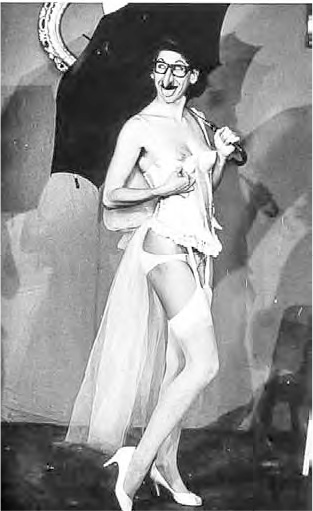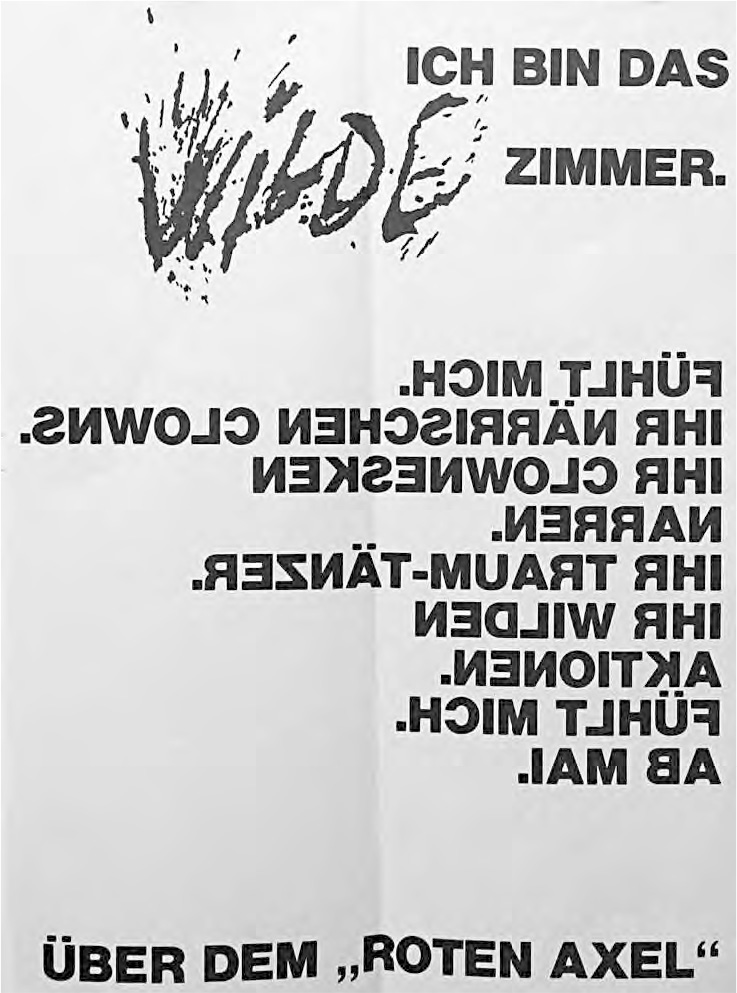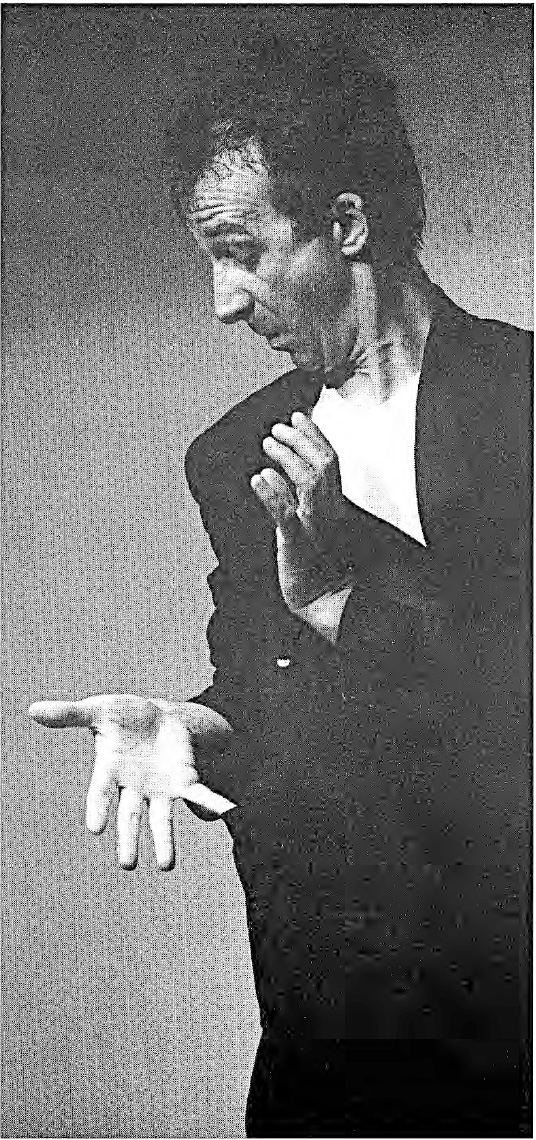Sounds
ROTER ENGEL LIVE MUSIC 1981
DER ROTE ENGEL STARTED OUT AS A FEELING, A MOOD, AN IDEA...
A stage that daily could offer an opportunity in Vienna for musicians, singers, and entertainers to present their music; their show to an audience hopefully attracted by the venue. It was an idea. No one knew at the time whether a music scene like this could exist in a town where countless “No Begging—No Busking” signs hung on buildings and in courtyards.
A bar in front of the stage. A wine bar. After all, great wine opens people’s minds and guts, makes them sensitive and keen-eared for anything happening on stage. We envisaged a space for all the senses, to see, hear, smell, taste and touch. A sensual space – and there was just one team of architects for the task: my friends Wolf D. Prix and Helmut Swicziensky – COOP Himmelblau. They made this vision a reality. THANK YOU.
...A CONSTRUCTED REALITY THAT COULD BE USED, EXPERIENCED, FELT. This is how COOP-Himmelblau described Der Rote Engel as constructed:
“Der Rote Engel combines a wine bar with a theater for singers and holds an audience of 120. An angel unfolds above the stage. The angel of sound is the singer’s breath made tangible, the musician’s tangible melody, the actor’s language materialized. The vulnerability of the architecture as designed is the singer’s vulnerability, with the Protector above him. The angel’s body is made of sculptured plaster and glass blocks – who has ever really seen the body of an angel? – and is also visible on the facade. The angel’s wings that pierce the vault are sheetmetal pro les with a stainless steel edge, shaped across the space. In between, there is clay. The clay line begins above the stage, kinks along the façade, breaks through the outside wall and ends in the interior in the tip of a needle.“
This space saw over 8,000 live performances featuring more than 600 bands and solo musicians. More than 500,000 listeners. That was Der Rote Engel.
THANKS to my musicians, my guests, my employees and above all to Wolfgang Beneder, who organized this daily insanity with nary a ruffle.
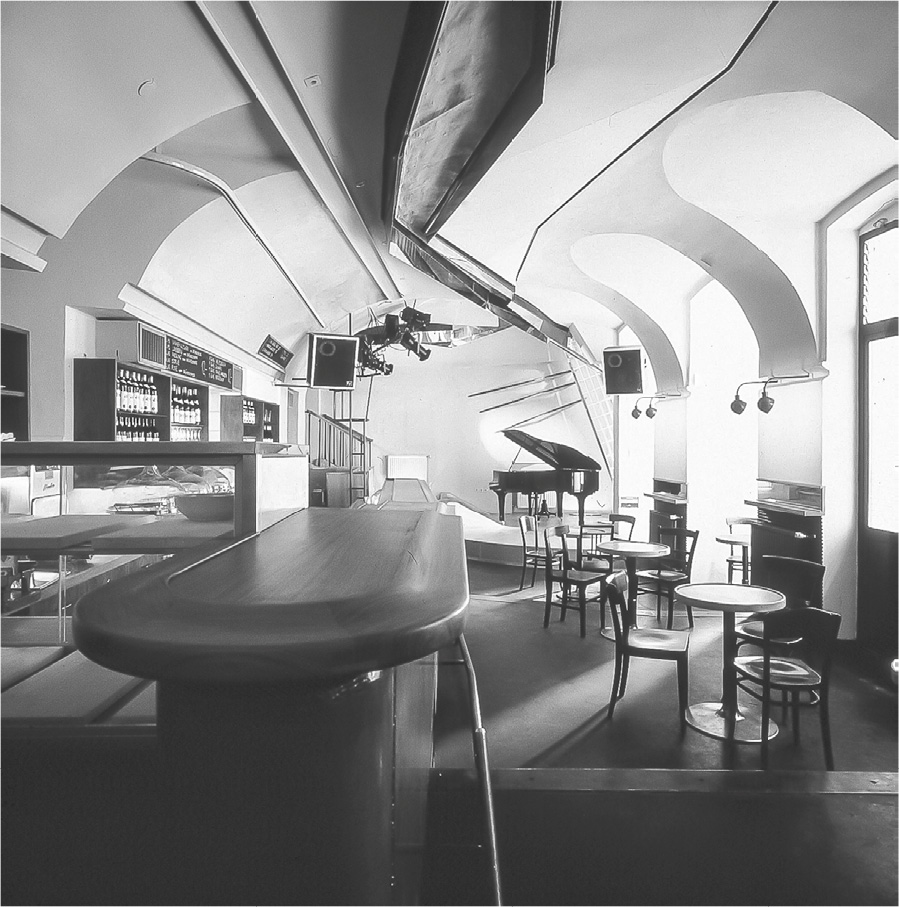
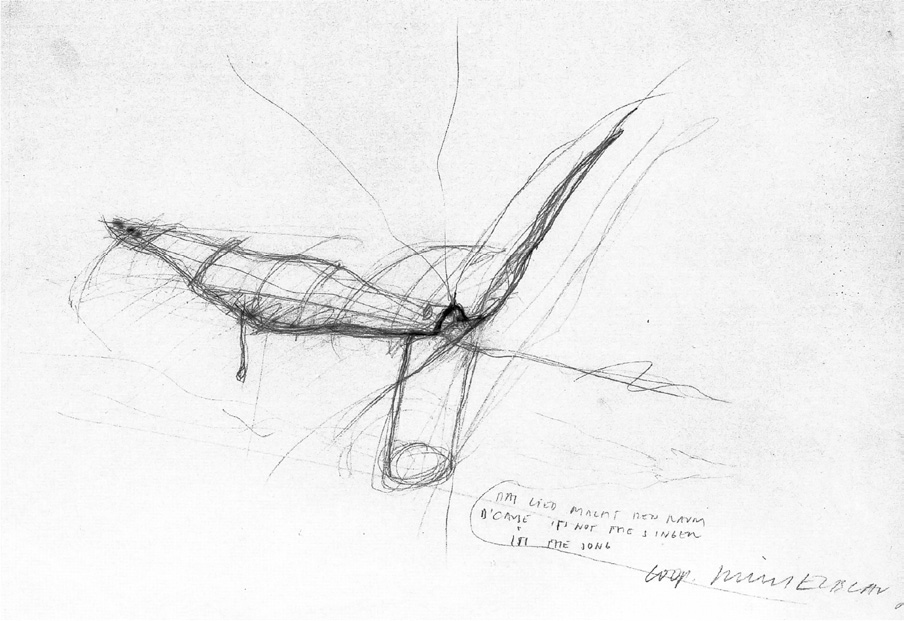
CONCERT INGRID CAVEN ROTER ENGEL 1981
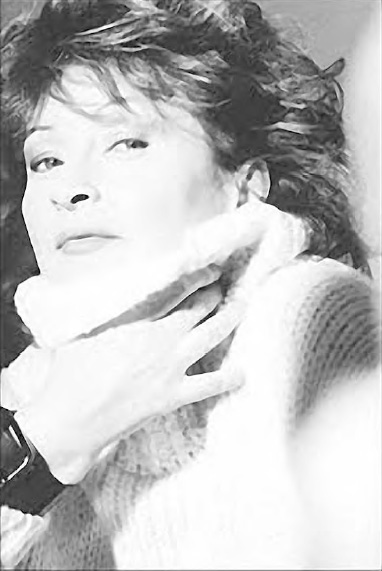
On May 20 the doors opened, on May 22 the microphone was on for INGRID CAVEN.
It was one of the most impressive performances Der Rote Engel would ever see: a great actress, singer and comedienne – intelligent, poetic texts and exciting music. A fantastic beginning.

OPERA OPHELIA SERGEJ DREZNIN ROTER ENGEL 1988
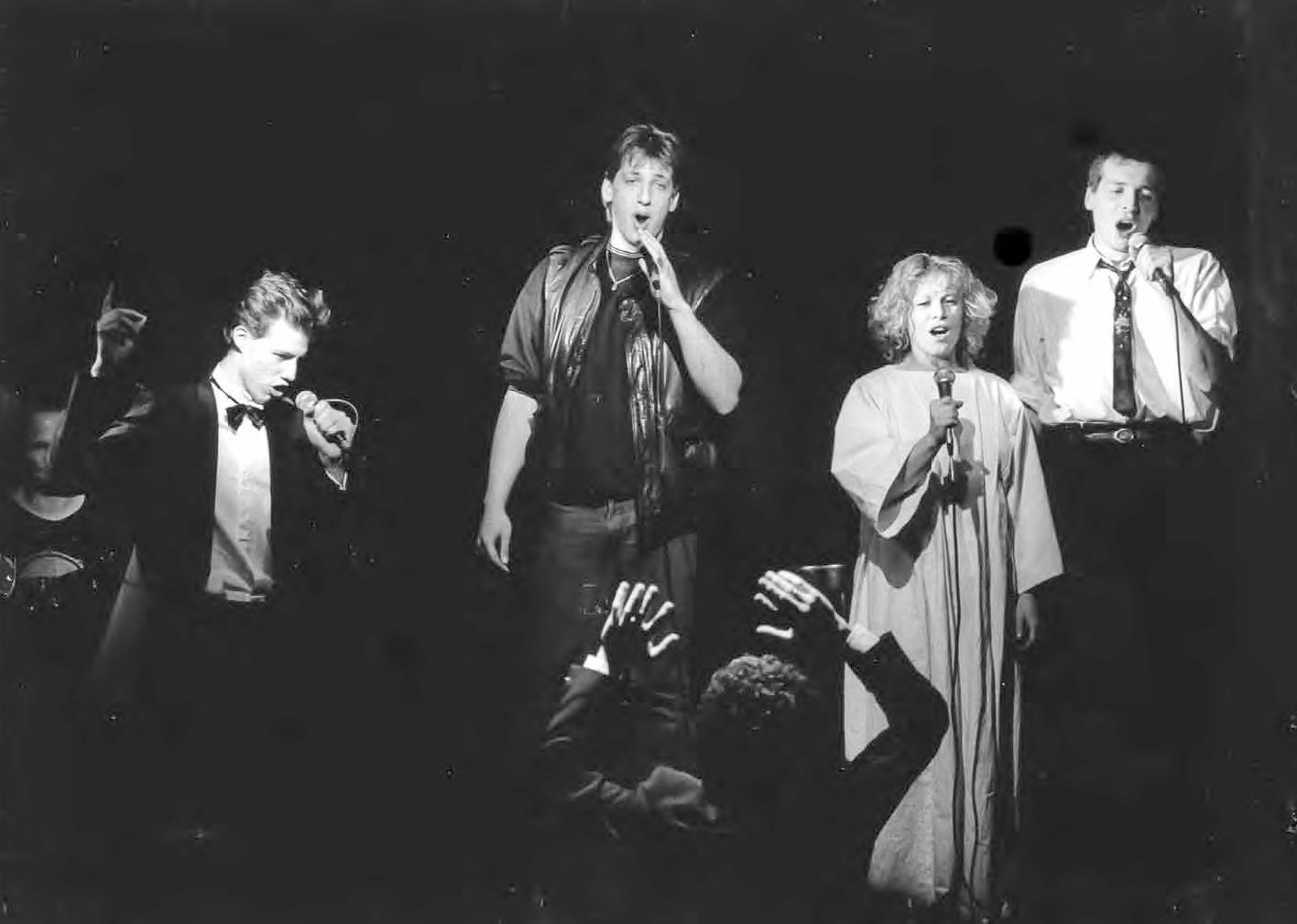
April 25
PREMIERE OF SERGEJ DREZNIN’S OPHELIA IN THE WEST Something that had been inconceivable for decades was suddenly feasible: A Russian artist was allowed to stage his work legally outside the Soviet Union. When SERGEJ DREZNIN played me his Ophelia, I was impressed by the music and by the idea. And I was fascinated by the possibility of having the Western premiere of Ophelia staged in Vienna and thereby perforating the absurd wall that had prevented us from getting to know each other for the past 50 years.
It was a triumph of unbelievable proportions. Fourteen sold-out performances, good reviews in Vienna and an excellent one in the Herald Tribune.
THANKS to Sergej for his trust and for letting this project be staged professionally.
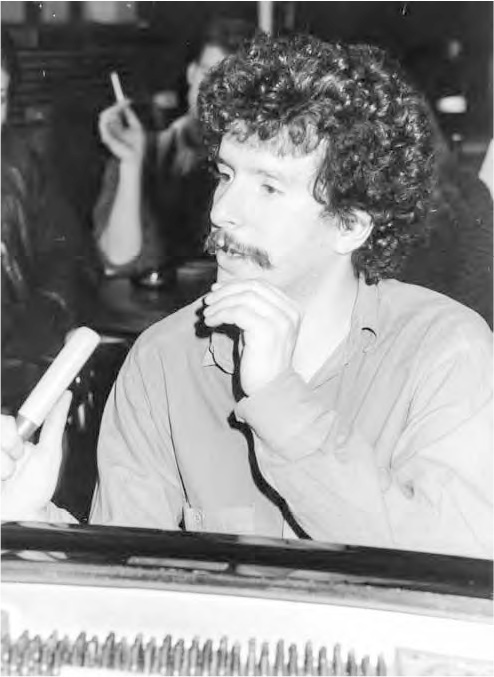
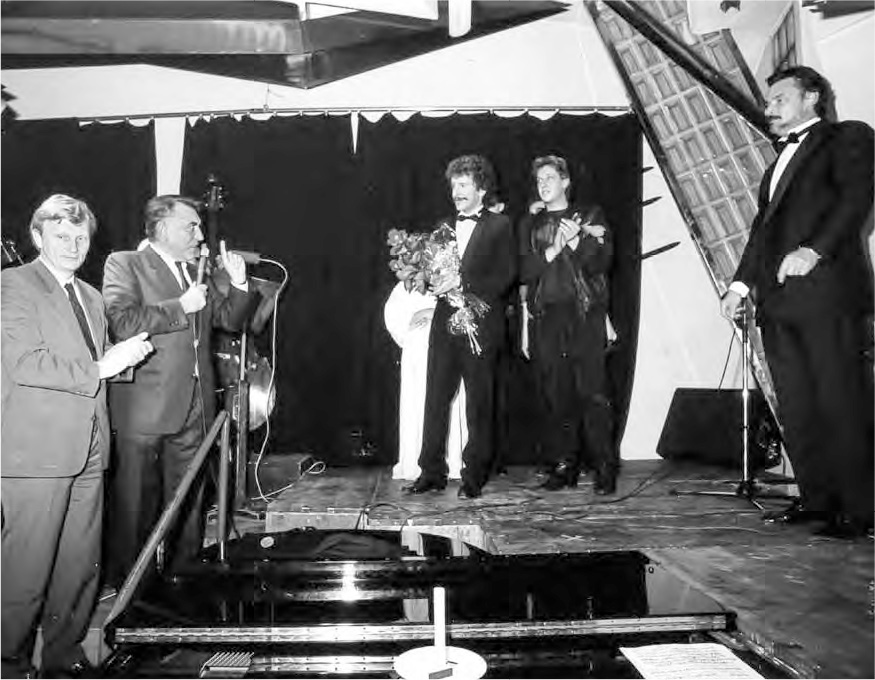
CONCERT VINDOBONA GALA ‘90
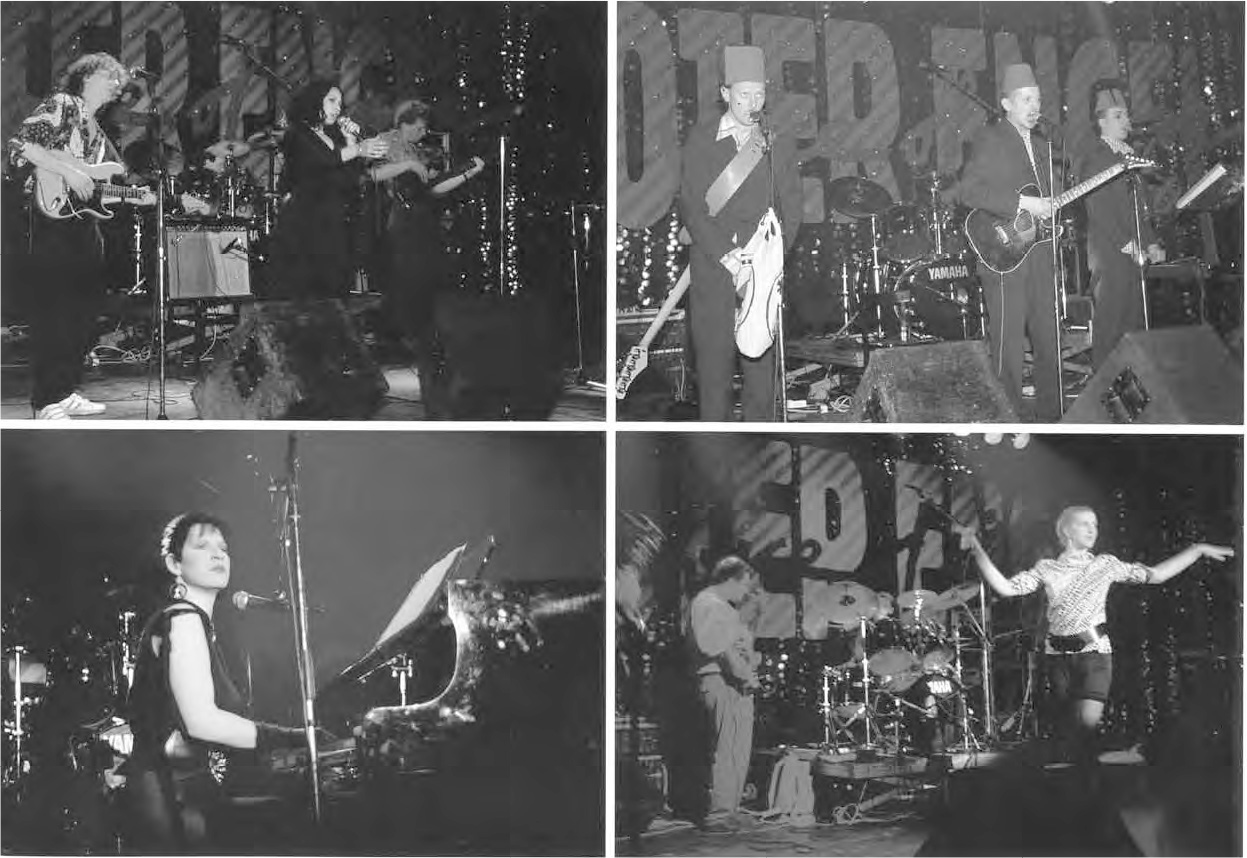
At DER ROTE ENGEL GALA in 1990 all the artists performing had begun their music careers at Der Rote Engel. DER ROTE ENGEL GALA 1990 took place on 6 March 1990. Everyone who was there knows it to have been one of Vienna’s greatest music celebrations. We celebrated the first decade of DER ROTE ENGEL (1981-1990). The impossible proved possible: 12 bands and Der Rote Engel choir grooved from 8:05 pm that evening to 4:16 am the next morning without any mishaps, human or technical. What made all this possible were the heroic e orts of Erwin Reithmeier at the audio mixer, Charly Apfelbeck at the lighting console and Peter Pulker, who was in charge of equipment switches and attending to the personal needs of the musicians. I would like to thank Herwig Ursin (Hey-U-Records) for his highly professional recording and his meticulous mixing which required much love and time. And above all, my thanks go out to the musicians who made this evening such a memorable event. THANK YOU.
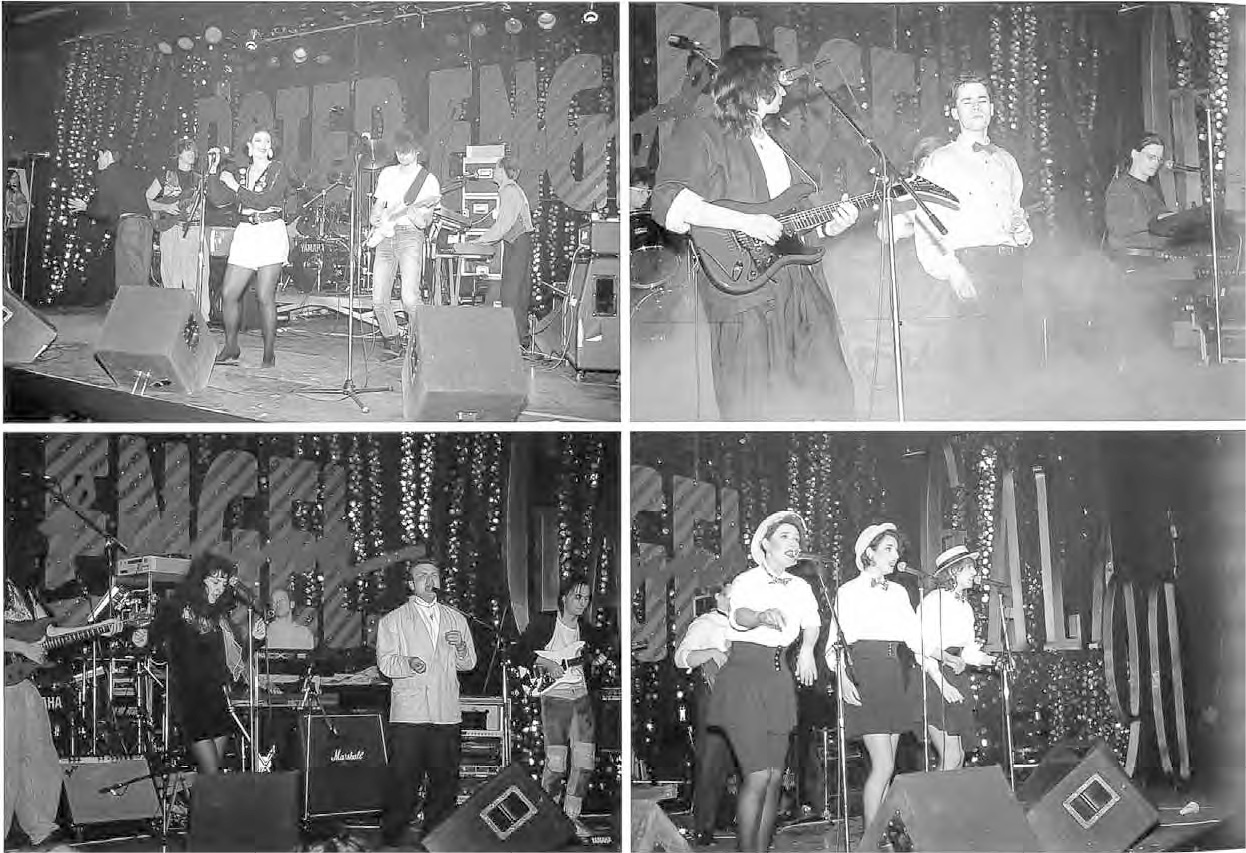
Concert CA-Zelt 10 YEARS OF ROTER ENGEL 1991
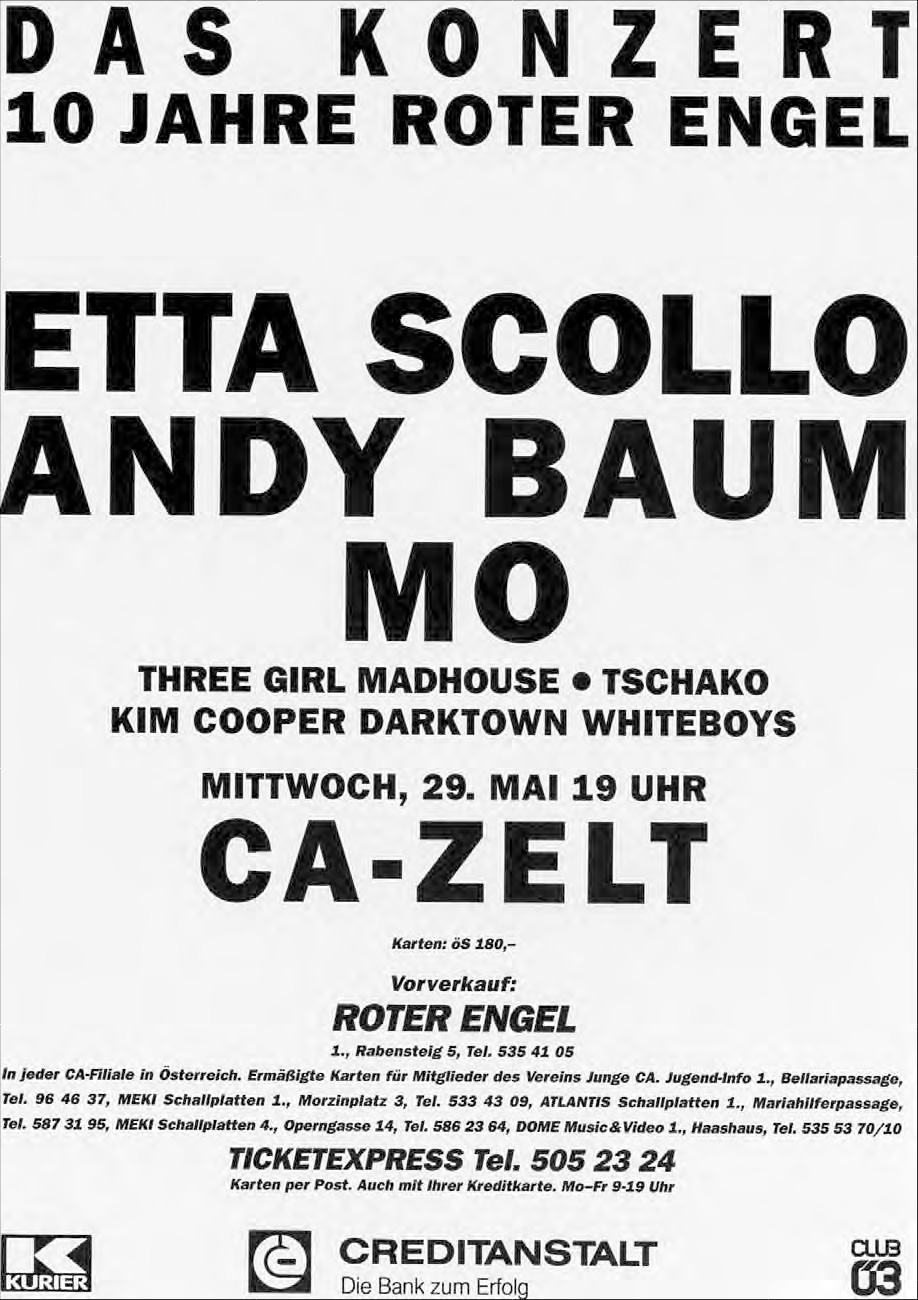
LIVE MUSIC AWARD VIENNA 1996

My intention with the Live Musik Award was to make the live music scene in Austria visible and hearable for the public. After twelve tough elimination rounds in Der Rote Engel involving more than twenty bands (the only condition was that the musicians had to live in Austria), three bands emerged to face off in the finals. The venue for this hot contest was the wonderful sound studio at Rosenhügel, where the panel of excellent judges made an almost unanimous decision. PARADISE NOW were the WINNERS. The print media, TV and radio were gracious for a change. There was great coverage of the Live Musik Award 96 and the winners.
THANK YOU, especially Guido Tartarotti; you were the only judge on the panel who made every single date in the elimination rounds. That was a tough job.
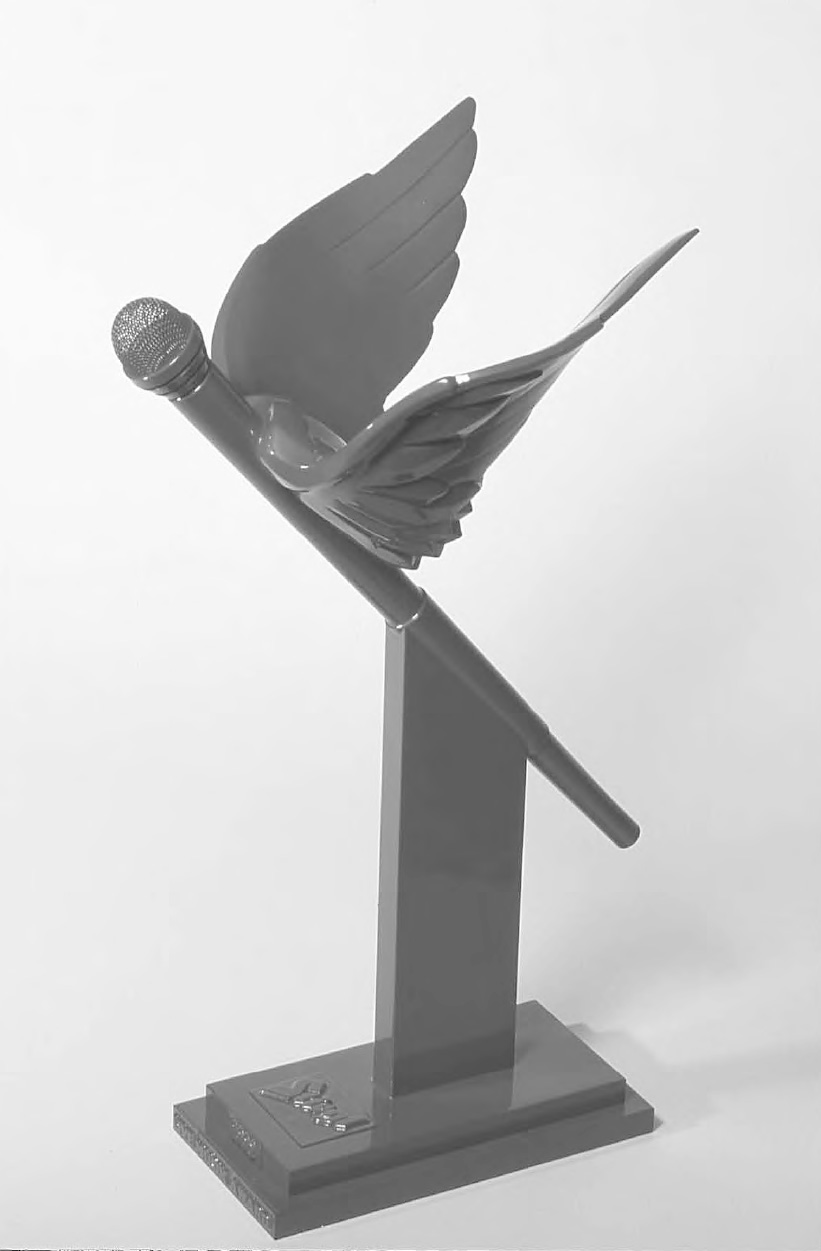
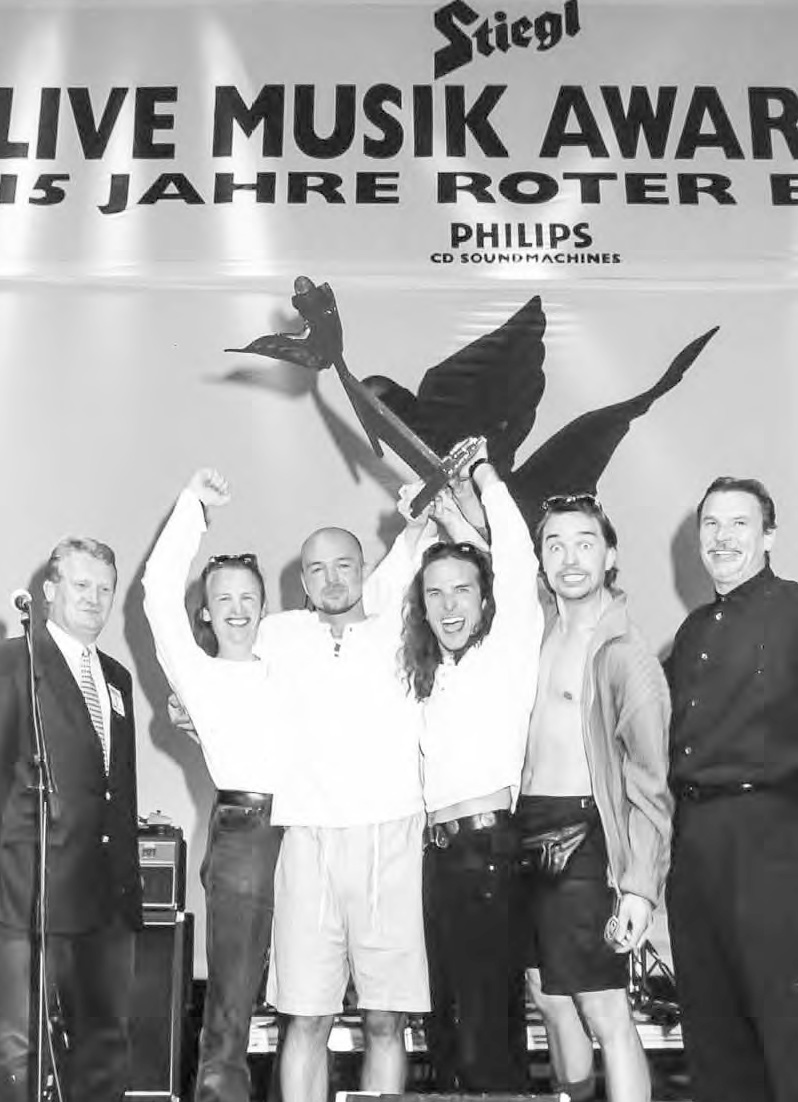
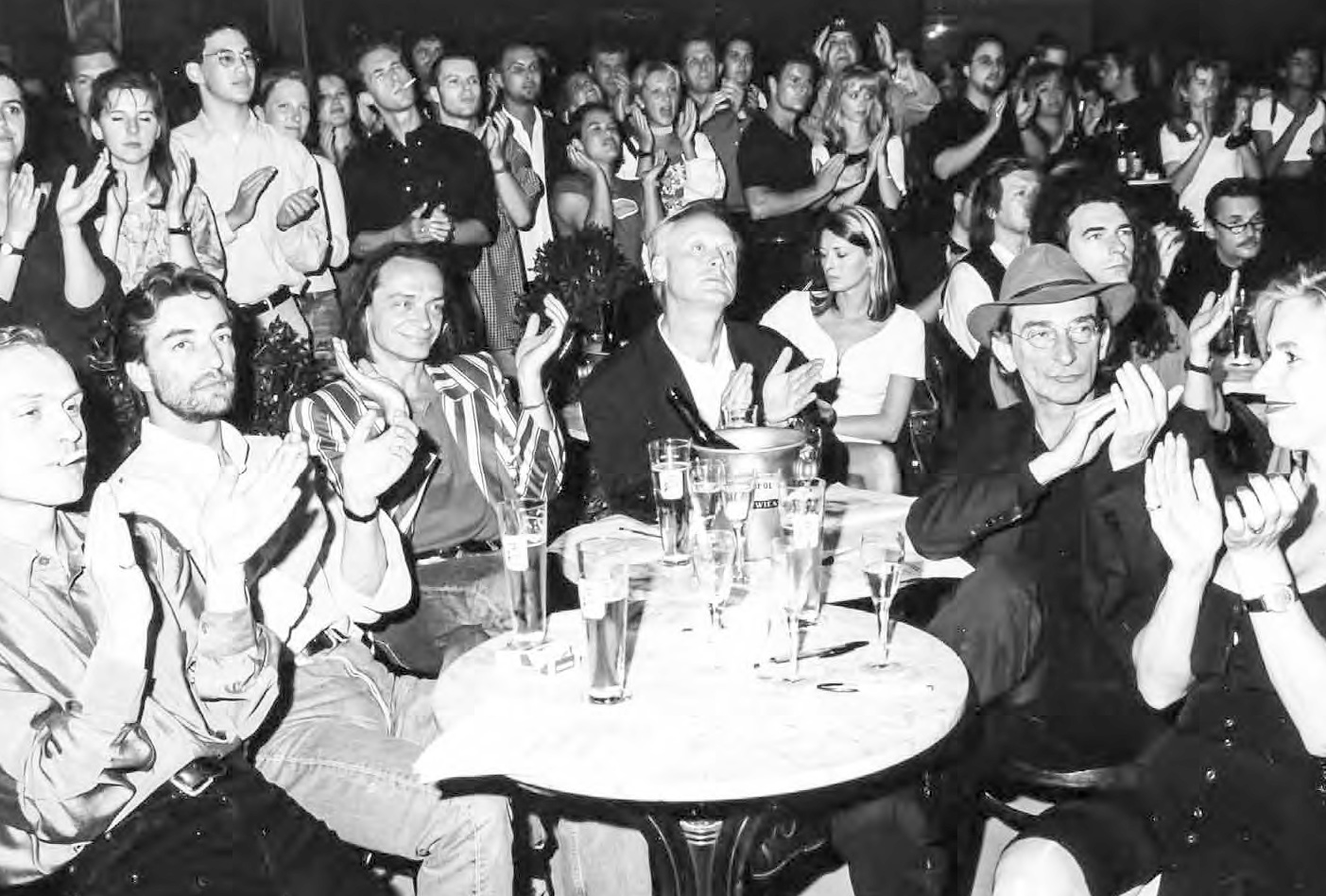
ROTER ENGEL LP 1982
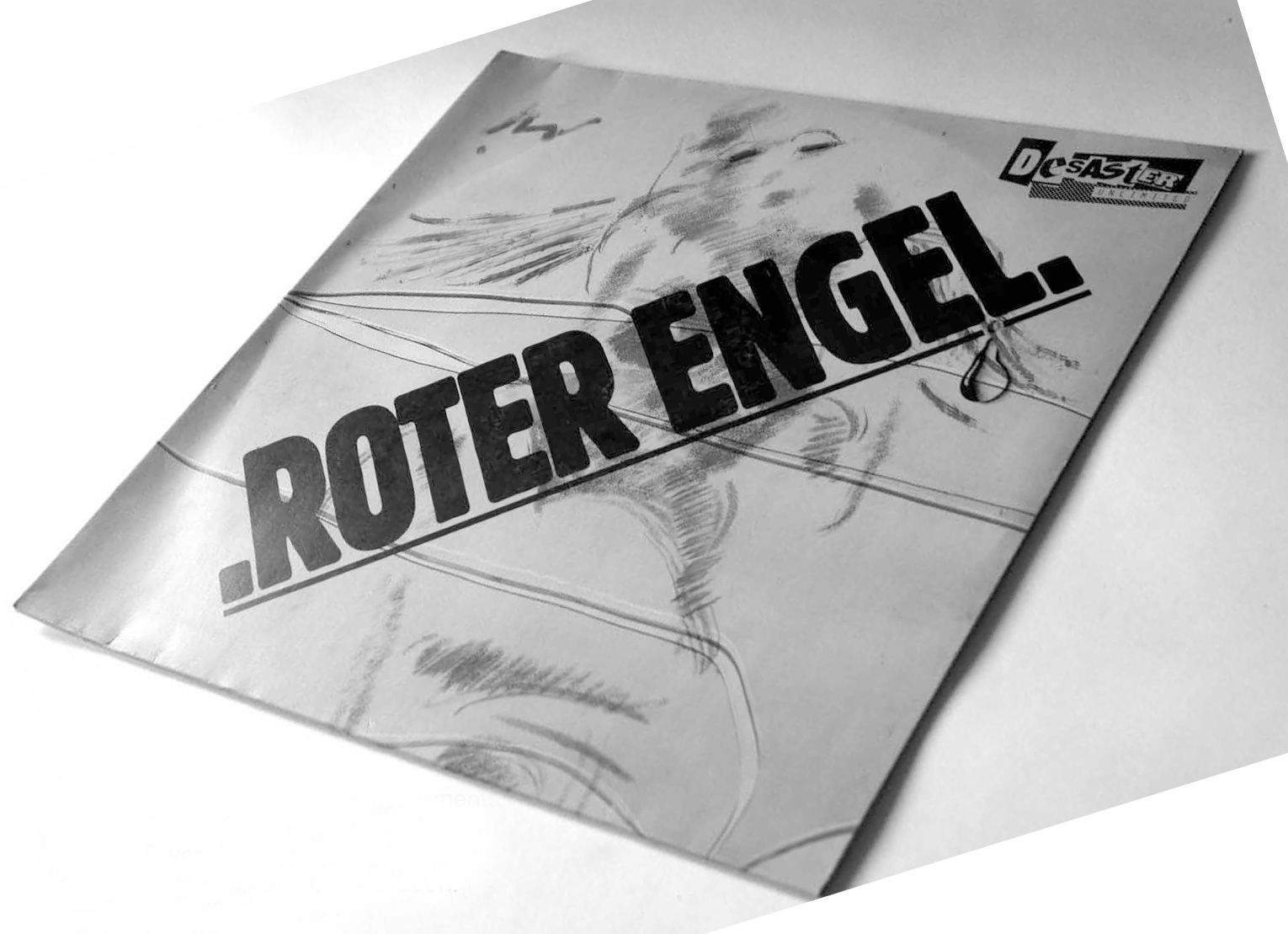
This LP was the first documentation of the live music in Der Rote Engel, published by Desaster Unlimited. Captures it.
SINGLE RONNIE URINI 1986
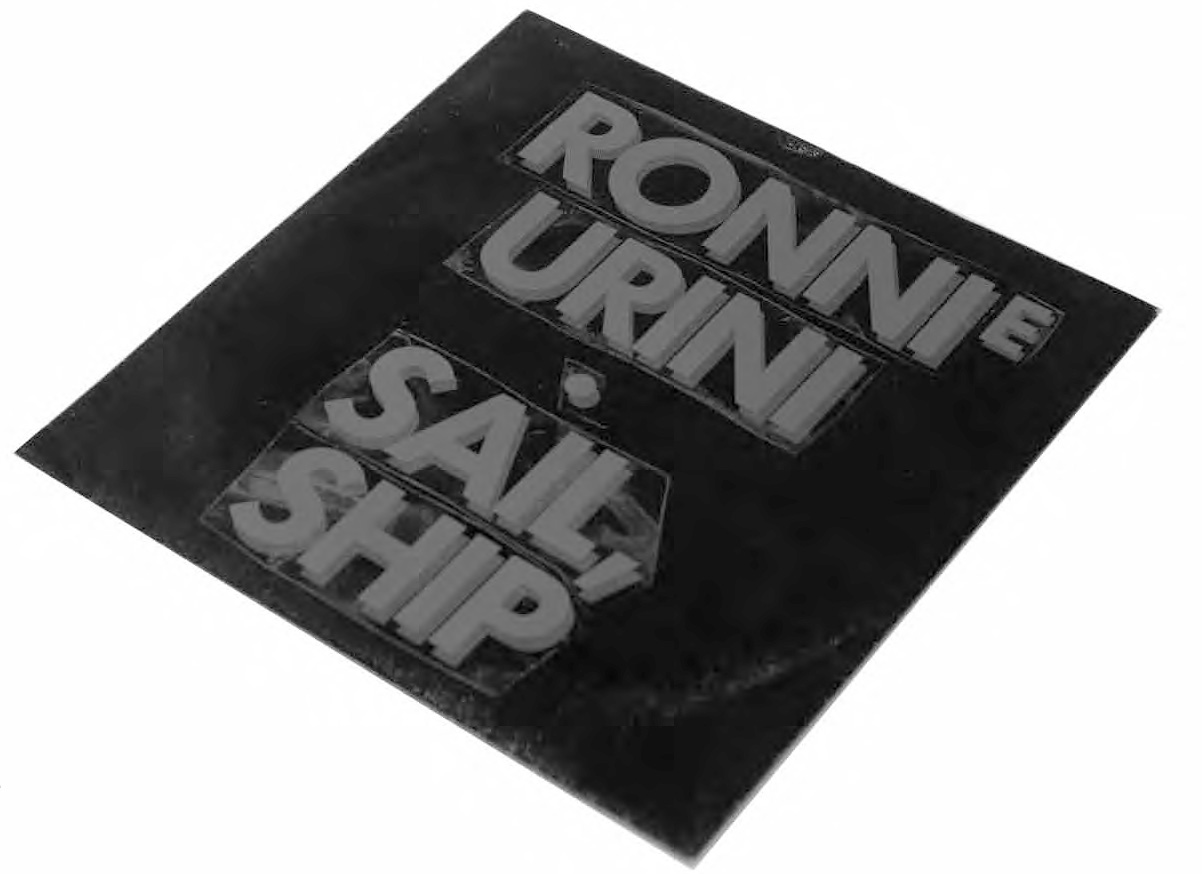
He was a hero of the Viennese underground scene. What a disgrace when SAIL, SHIP landed in fourth place on the Austrian Hit Parade.
SINGLE PETER WEIBEL DEAD IN THE HEAD 1983
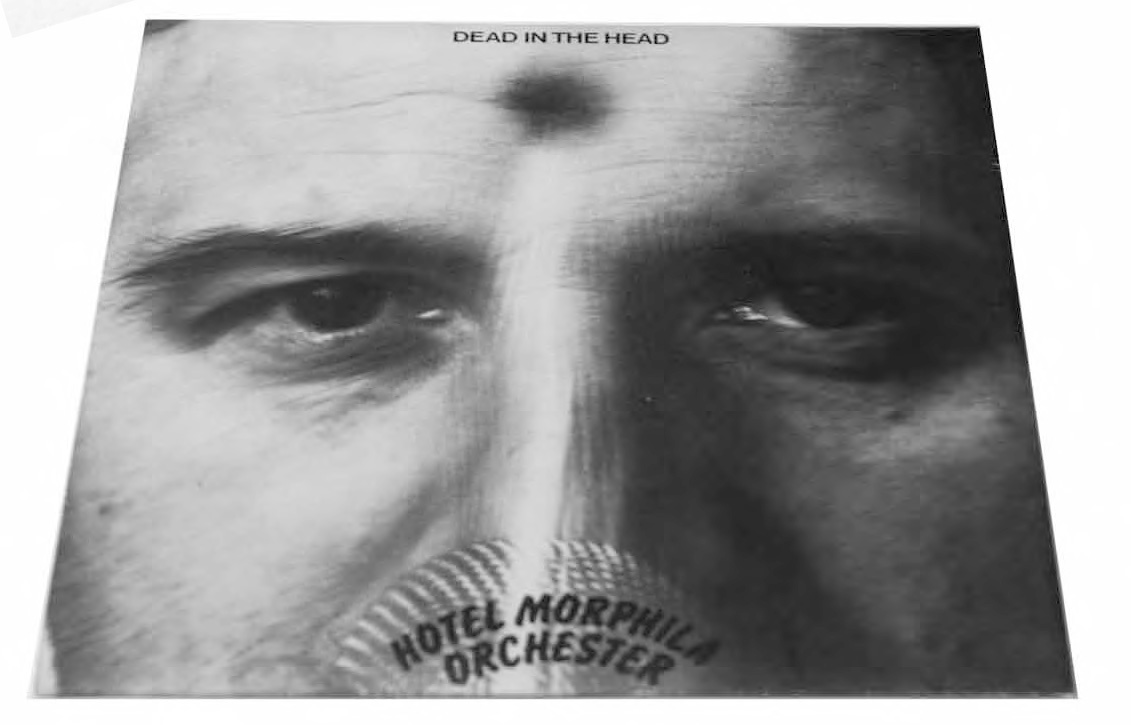
I am proud to have produced Peter Weibel’s first record with the Hotel Morphila Orchester. Mere moments after its commercial release, the “music industry” already produced a follow-up LP.
CD ROTE ENGEL GALA 1990
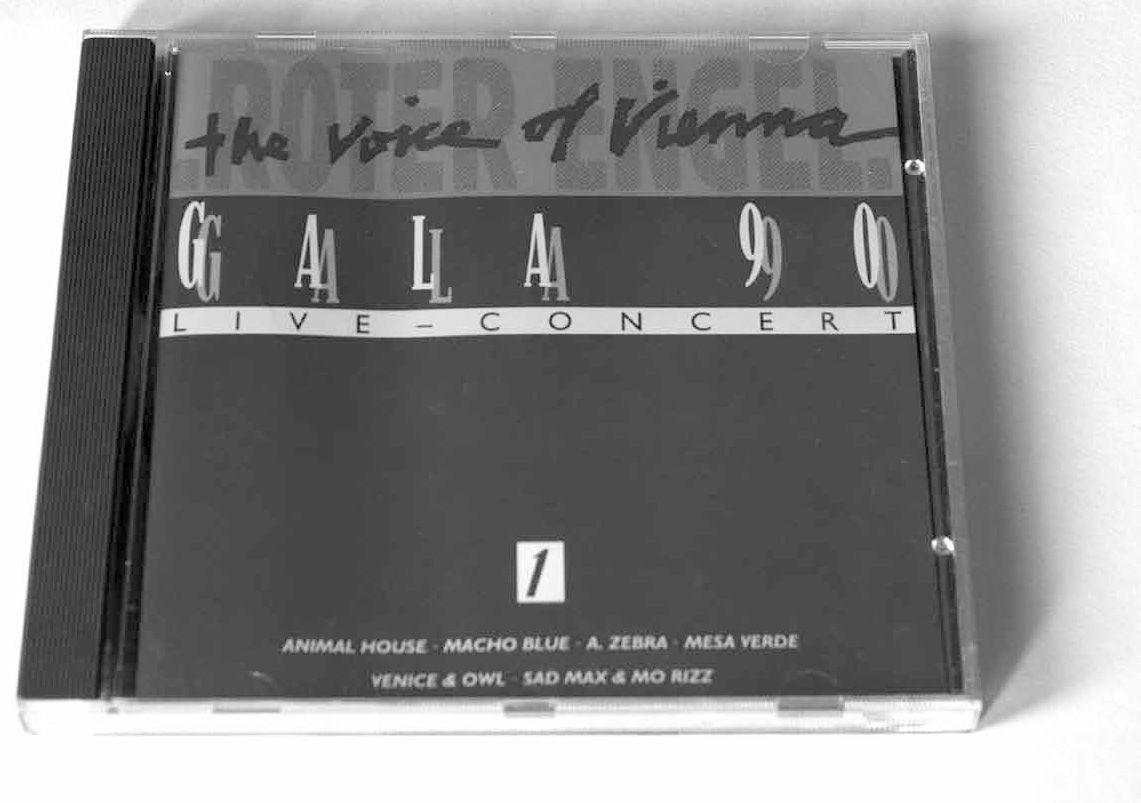
This unique document of a fantastic night of music was topped only by Der Rote Engel choir.
TSCHAKO TAPES 1993 not published
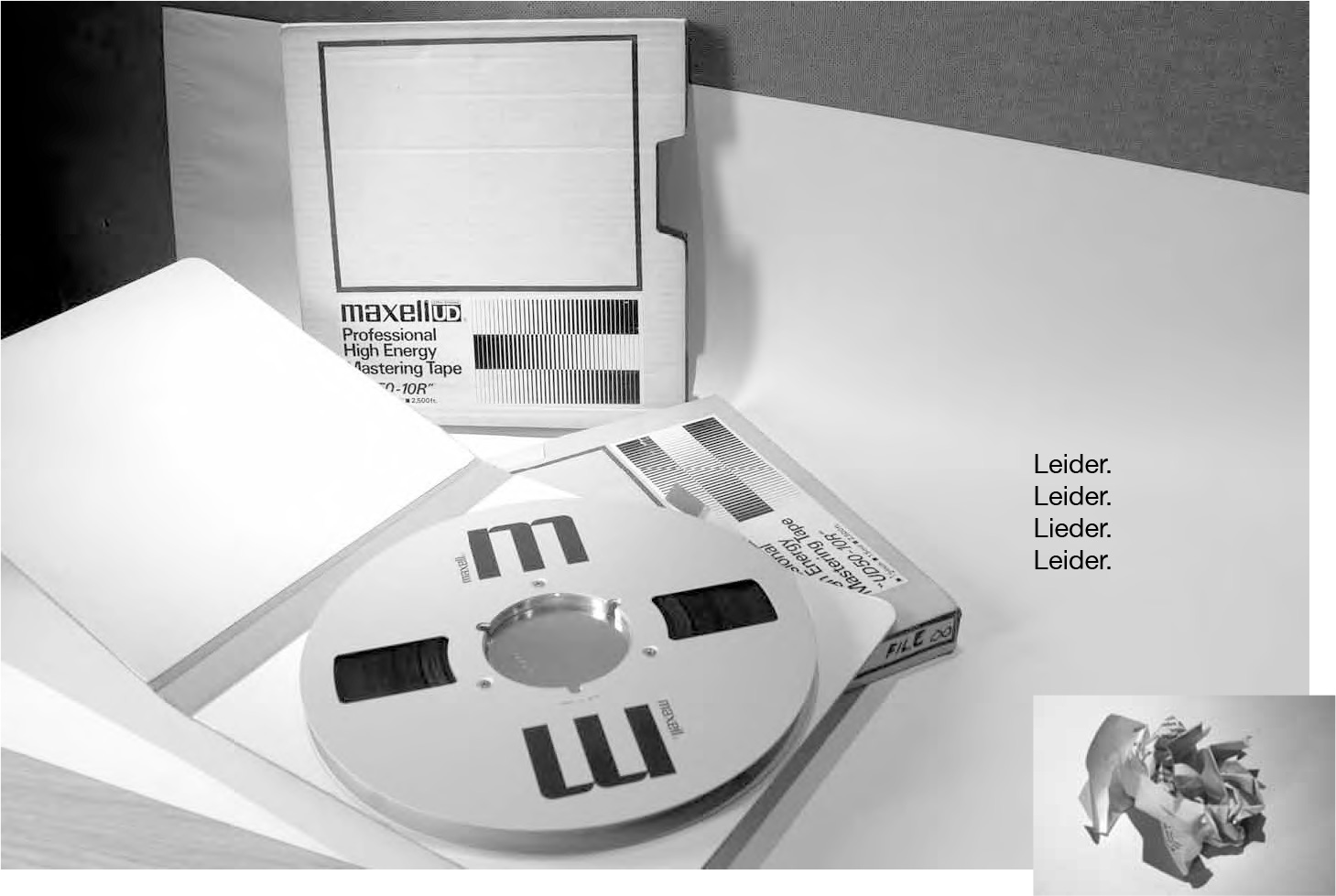
CD ROTER ENGEL LIVE MUSIK AWARD 1996
The winners were PARADISE NOW.
On winning this award they dreamed of being promoted by EMI and having a breakthrough in Europe. This dream did not materialize. The competition (battle) nonetheless made for an exciting, on-the-edge-of your-seat night.
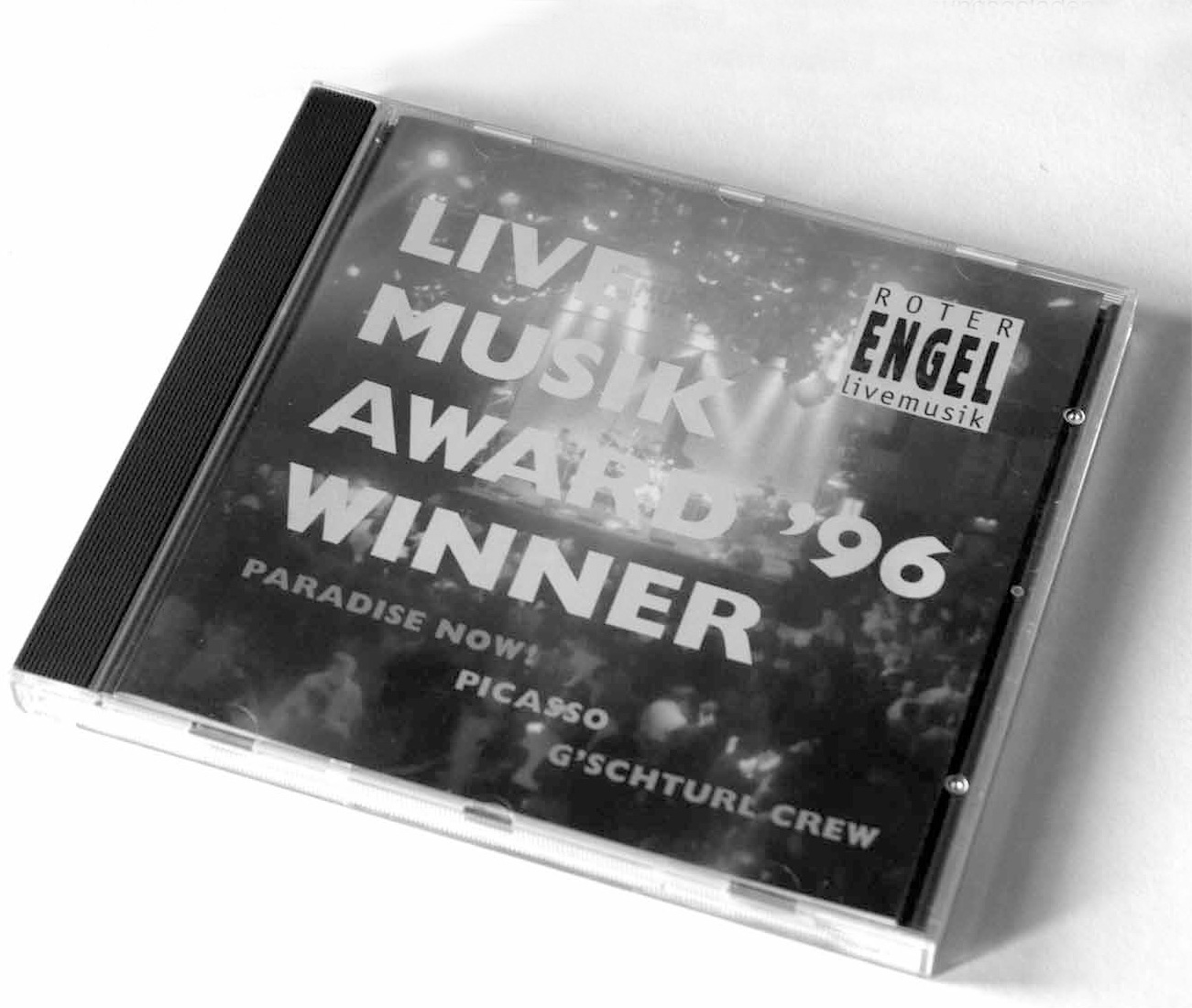
WILDES ZIMMER NARRENTHEATER 1984
In June, Der Rote Engel opened WILDES ZIMMER on the first floor.
It was a theater space for clowns, dancers and writers. Among those who played, danced and read there were Philipp Sonntag, Miki Malör, Struppi “Jet in Japan”, Astrid Karimi Step Dance, Cache Cache, Elisabeth Reichart, Die Szene der jungen A en, Alois Brandstetter, Gerhard Amanshauser, Herbert Eisenreich, Erwin Einzinger, Wolfgang Bauer, Ilse Tielsch, Rainhard P. Gruber, Erika Molny, Jutta Schutting, Fredericke Mayröcker, and Marie-Thérèse Kerschbaumer.
